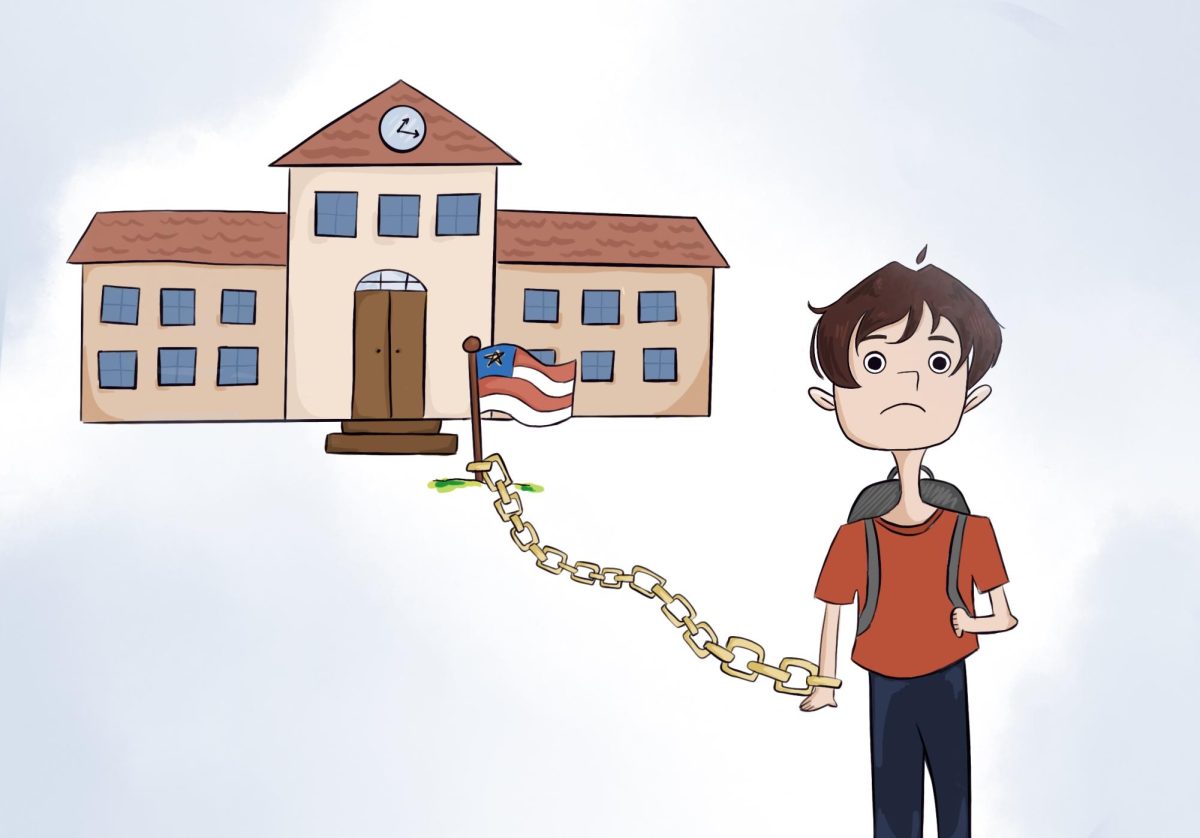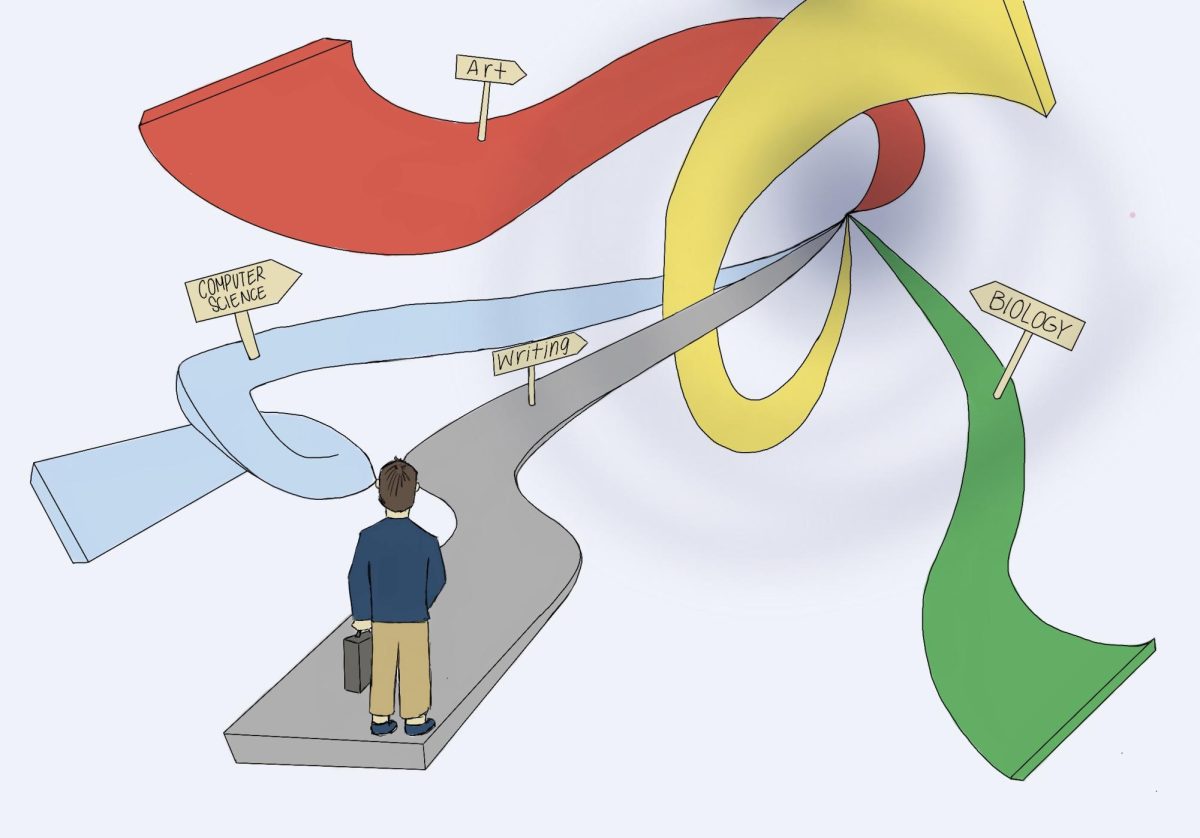The American education system is often held up as a gold standard, praised for its emphasis on innovation, student engagement, and well-rounded learning. As a student coming from another country – even another continent – I envisioned schools that focused on these very aspects. This was the promise of American education—a promise of quality so reliable that there’d be no need to look elsewhere.
Yet my experiences have revealed a stark contrast between the rhetoric and the reality of education in America. While the system claims to prioritize student learning and engagement, it often misses the mark, leaving students unprepared for a rapidly changing world.
Students are required to pick their own subjects and curriculum – something which not all countries do. In theory, allowing students to select their own subjects fosters autonomy and passion for learning. In practice, however, it places an immense burden on students who aren’t even considered adults, teenagers who are still developing critical decision-making skills.
Schools in the U.S. mostly follow inquiry-based learning, a process of learning that engages students by making real-world connections through exploration and high-level questioning.
While this method can be effective, it risks leaving students without the fundamental knowledge and skills necessary for global competition.
Plus, when you look at how U.S. students compare internationally, the results are worrying. Data from the National Center for Education Statistics shows that American students fall behind many other countries in the OECD, especially in subjects like math and science. Even though U.S. schools often have great facilities and many extracurricular activities, the actual academic performance doesn’t quite match up.
The approach to grading and assessment in American schools often focuses on consistency—whether through homework, projects, or tests–rather than mastery. This can lead to a culture where students prioritize grades over genuine understanding. Because of this, many of us—including me—end up just figuring out how to get through the system instead of really understanding the material. This makes it harder to apply what we’ve learned in real-life situations, adding to the challenge when it comes to college or getting a job.
The overall curriculum in the U.S. differs significantly from that of other countries, with variations in how subjects are taught. This can make it difficult for students like me, who have experienced different education systems, to adapt and excel. The idea that American education is a gold standard is increasingly seen as a myth. While the system offers flexibility and opportunities, it often fails to equip students with the skills they need to thrive in a globalized world








